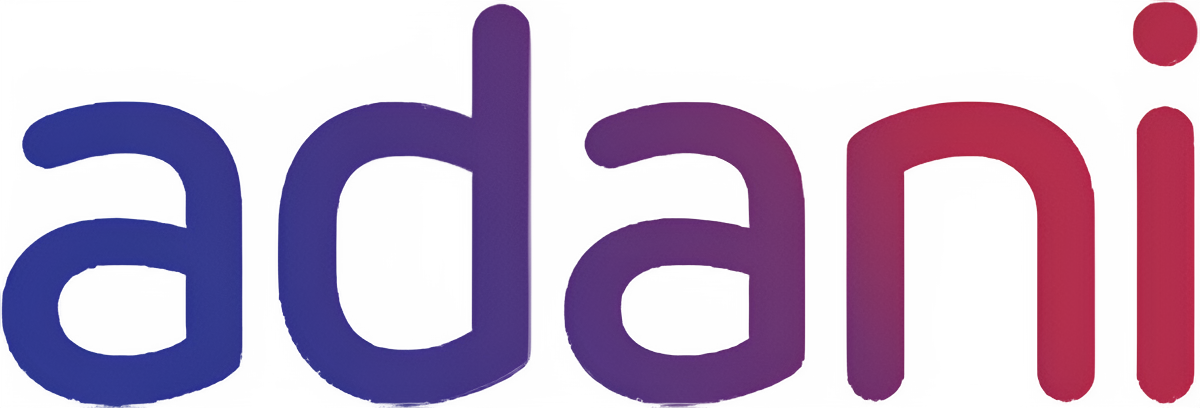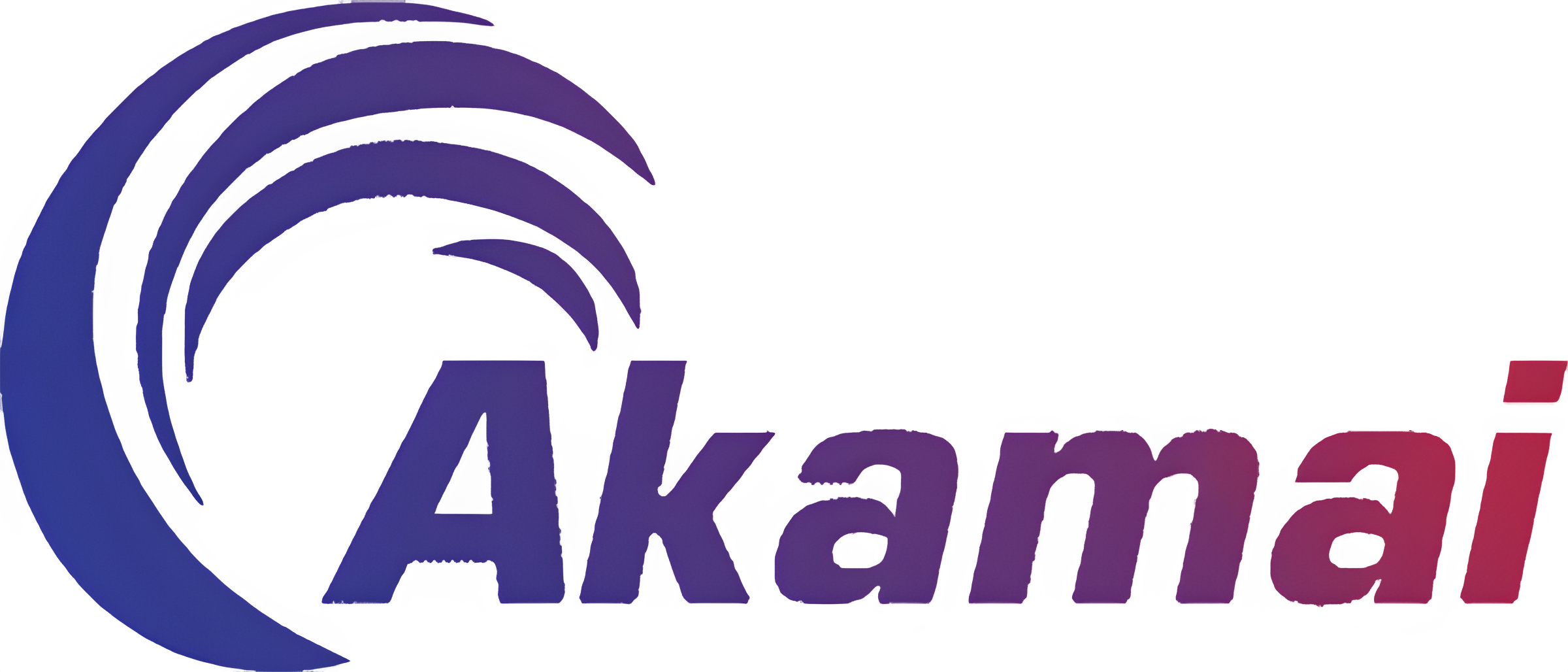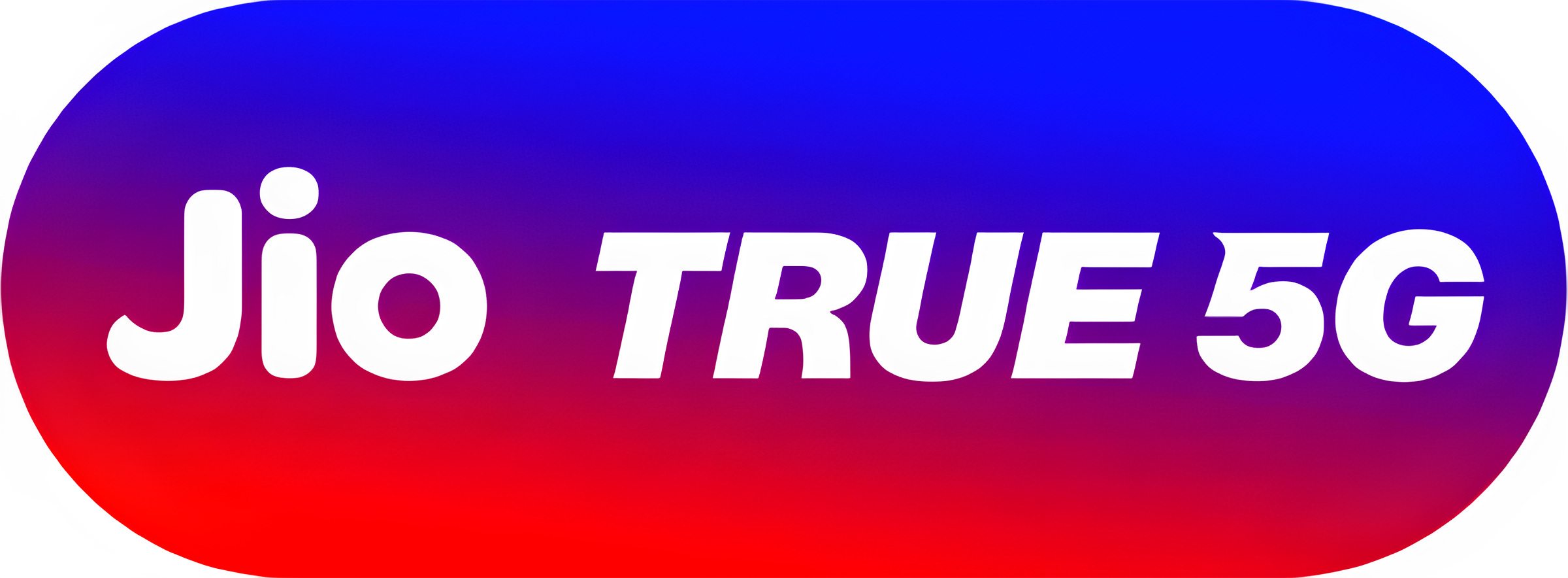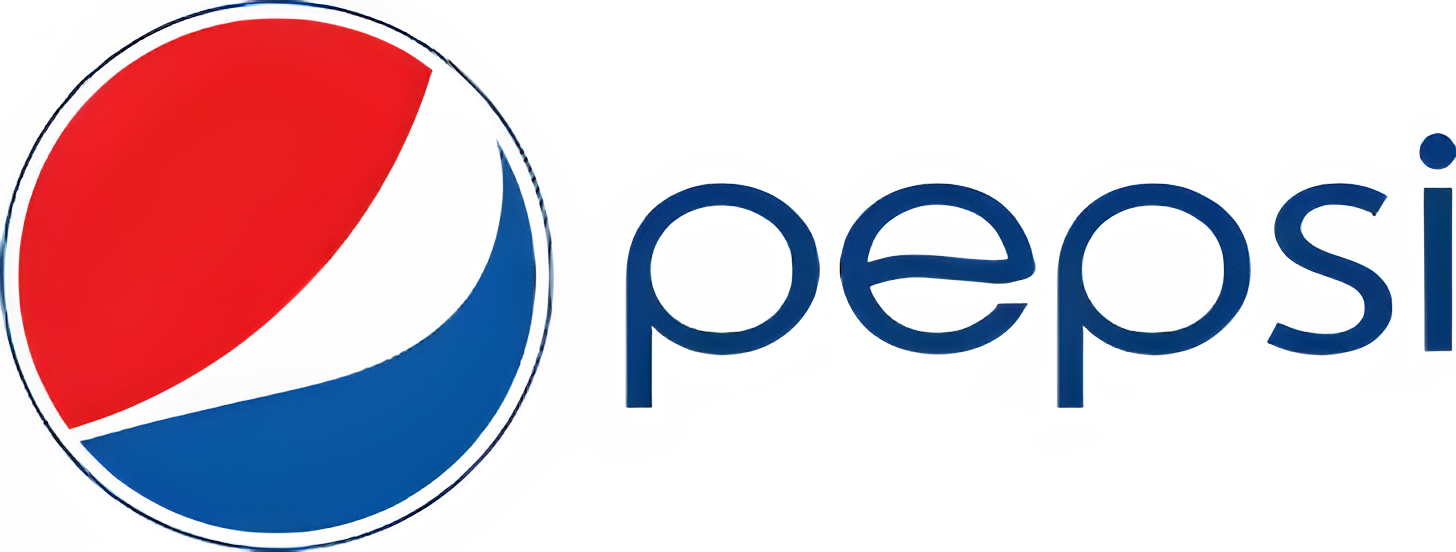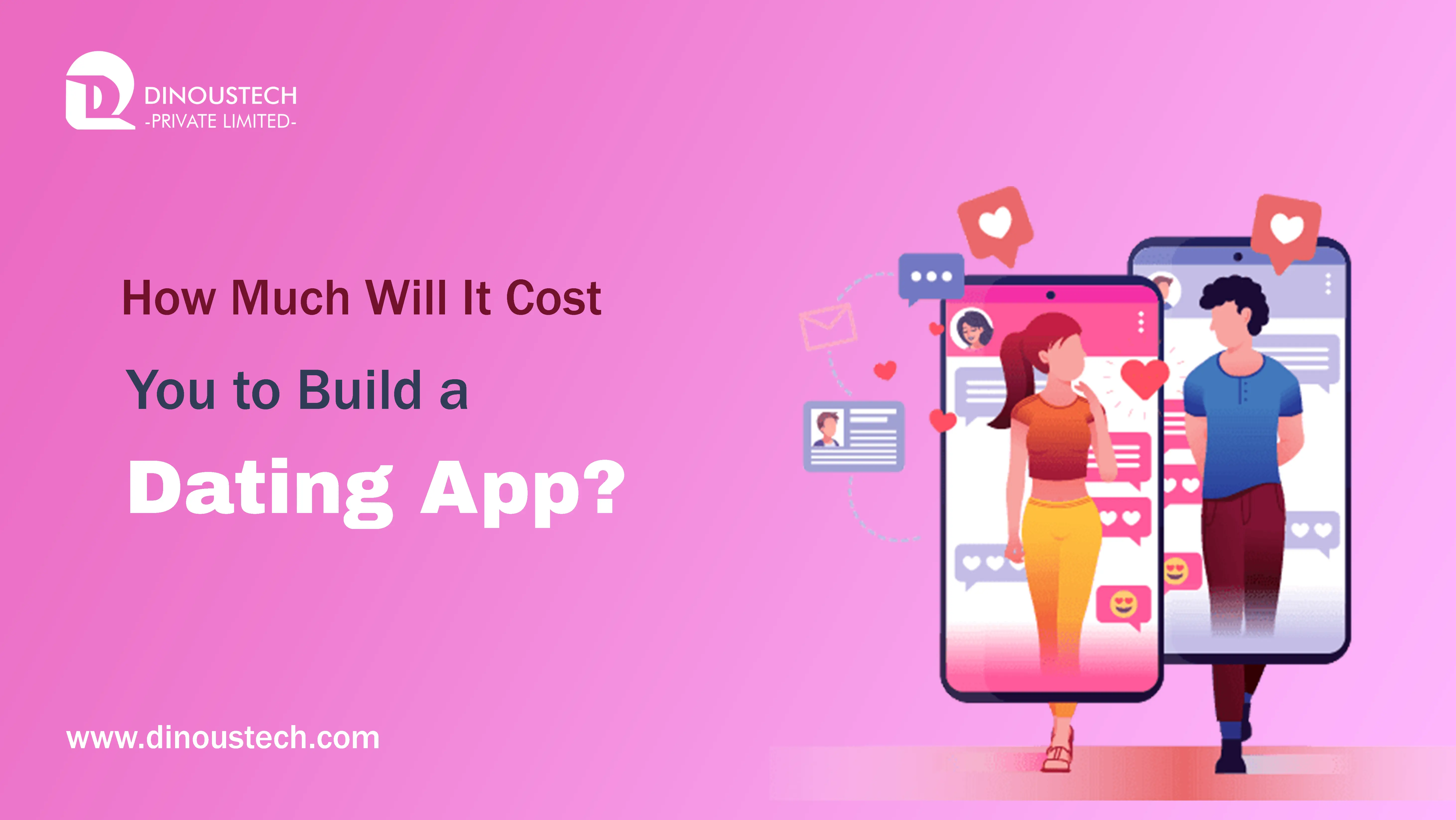How Much Will It Cost You to Build a Dating App?
Building a dating app is a complex venture that goes beyond matching profiles and facilitating conversations. It requires a deep understanding of user expectations, market trends, and technical best practices. In today’s mobile-first world, users expect seamless, engaging experiences and robust security. A well-executed dating app can disrupt the market by addressing niche audiences or offering innovative features. By partnering with an experienced Dating app development company and a skilled website design company, you can streamline the process and ensure your vision becomes reality. At Dinoustech Private Limited, we specialize in delivering end-to-end solutions, from concept to launch, helping you navigate every step of development.
Understanding the Online Dating Landscape
The online dating market has matured rapidly over the last decade, with platforms like Tinder, Bumble, and Hinge setting high benchmarks for user experience and engagement. While these market leaders attract millions of users worldwide, there is still room for niche players that cater to specific demographics—such as pet lovers, single parents, or faith-based communities—and address regional preferences. Success in this space hinges on identifying unmet user needs, crafting a unique value proposition, and delivering a reliable, secure product. In addition, regulatory landscapes vary by region, requiring compliance with data privacy laws and cultural sensitivity in user interfaces and messaging.
Defining Your Unique Value Proposition
Before diving into development, it is crucial to articulate what makes your dating app stand out. A clear unique value proposition (UVP) shapes your feature set, design choices, and marketing strategy. For example, you may prioritize advanced matching algorithms that consider personality traits, hobbies, and behavioral data, or emphasize enhanced privacy controls that allow users to blur photos until mutual interest is confirmed. Another approach is to integrate robust identity verification—such as document scanning or live video checks—to combat fake profiles and boost user trust. By focusing on a well-defined niche segment or offering interactive features like icebreaker games and virtual events, your app can differentiate itself from mainstream offerings.
Identifying Core Features for a Minimum Viable Product (MVP)
Launching with a Minimum Viable Product (MVP) helps you validate your concept without straining resources on advanced features. Core functionality should include streamlined user registration—allowing sign-up through email or social logins—and compelling profile creation, where users can upload photos, write bios, and select interest tags. The matching interface can take inspiration from swipe-based designs or grid views, depending on your target audience. A basic messaging system with typing indicators and read receipts keeps communication intuitive. Finally, push notifications are essential to alert users about new matches, messages, or other in-app events. These foundational features allow you to gather real-world feedback, refine your application, and plan for future enhancements without overshooting your initial budget.
Crafting an Intuitive User Interface and Experience
User experience (UX) and interface design (UI) are critical to retaining users and encouraging ongoing engagement. A polished UI begins with clean, uncluttered screens that guide users smoothly from onboarding through matching and messaging. Consistent branding—including a well-defined color palette, typography, and icon set—reinforces the app’s personality and builds trust. Accessibility should also be a priority: incorporating options such as high-contrast modes, resizable text, and simple iconography ensures users with visual impairments can navigate the app comfortably. Subtle animations for swiping, liking profiles, and receiving notifications make interactions feel more responsive and engaging. Collaborating with a dedicated website design company ensures that your mobile app’s visual identity translates seamlessly to landing pages and marketing collateral, creating a cohesive brand experience across all digital touchpoints.
Choosing Between Native and Cross-Platform Development
Selecting the appropriate development approach significantly impacts both the project timeline and the app’s performance. Native iOS development using Swift and native Android development using Kotlin or Java provide optimal performance, smooth animations, and full access to device features, but they require separate development teams and duplicate effort for feature parity. Cross-platform frameworks like React Native or Flutter allow you to build a single codebase that targets both platforms, reducing initial development time and costs. However, cross-platform solutions may require workarounds for advanced native features and can sometimes lag slightly behind in leveraging the latest OS-specific capabilities. At Dinoustech Private Limited, our team has expertise in both native and cross-platform approaches, allowing us to recommend the best fit for your feature requirements, timeline, and budget.
Architecting a Scalable Backend Infrastructure
A robust backend architecture underpins any successful dating app, ensuring it can handle growth without performance degradation. Utilizing cloud services such as AWS, Google Cloud, or Azure allows you to scale server resources on demand and only pay for what you use. Adopting a microservices architecture breaks down core functionalities—such as user authentication, matching logic, chat services, and payment processing—into independently deployable modules. This modular design simplifies maintenance, accelerates new feature rollouts, and enhances fault isolation. For data storage, a relational database like PostgreSQL or MySQL efficiently manages structured data—such as user profiles and subscriptions—while a NoSQL database like MongoDB can handle unstructured data, including chat logs and analytics events. Implementing load balancers and caching layers (for example, Redis) further improves response times, particularly for read-heavy operations like profile searches.
Integrating Real-Time Chat and Push Notifications
Instant messaging is a central pillar of user engagement in dating apps. To build a reliable chat system, you can leverage WebSockets for real-time, bidirectional communication or opt for managed services such as Firebase Realtime Database or dedicated chat SDKs like Twilio and PubNub. These third-party solutions accelerate development but incur usage-based fees, so it is important to model ongoing costs carefully. For push notifications, integration with Firebase Cloud Messaging (FCM) on Android and Apple Push Notification Service (APNS) on iOS is essential. Push notifications can prompt users when they receive a new match, message, or profile like, driving higher engagement. Incorporating multimedia sharing—allowing users to send images, GIFs, or voice notes—requires secure cloud storage (for instance, Amazon S3) and a content delivery network (CDN) to deliver media quickly, regardless of user location.
Implementing Geolocation and Map Services
Location-based matching is a standard feature for most dating apps. Integrating geolocation requires careful handling of user permissions and transparent explanations to maintain trust. Popular mapping services such as Google Maps API or Mapbox provide features like map rendering, location search, and distance calculations, which enable users to filter potential matches within a given radius. Continuous location updates—used in features like “Live Nearby”—may drain battery life and increase data usage, so optimizing update intervals is crucial. Additionally, usage-based pricing for map services can affect your overall budget, so it is wise to estimate volume-based costs upfront and consider alternatives if necessary.
Designing Premium Features and Monetization Models
To generate sustainable revenue, most dating apps adopt a hybrid monetization approach. Offering a freemium model—where basic features like registration, matching, and messaging are free, and advanced features require a subscription—strikes a balance between user acquisition and monetization. Premium plans can include perks such as unlimited likes, advanced search filters, and monthly profile boosts. In-app purchases, such as one-time boosts or “super likes,” provide additional revenue streams. Advertising remains a revenue option for free-tier users, although it must be implemented judiciously to avoid disrupting the user experience. Partnerships with local businesses—such as restaurants, event venues, or even therapists—can yield affiliate income through cross-promotions. When planning these models, integrate a payment gateway (for example, Stripe or Braintree) early in the development process, as payment compliance and security considerations can affect timelines and costs.
Ensuring User Safety and Content Moderation
User safety cannot be overstated in the dating app context. In-app tools such as reporting and blocking functions empower users to take control if they encounter harassment or inappropriate content. To supplement manual moderation, AI-powered image recognition can automatically detect nudity, violence, or offensive imagery, flagging it for review. For regions with stricter age restrictions, implementing age verification checks—using government ID scans or third-party verification services—helps prevent underage usage. Regular security reviews, including penetration testing, should be scheduled to ensure that any vulnerabilities are promptly remediated. Prioritizing safety and moderation not only protects users but also shields your platform from legal liabilities and reputational damage.
Executing Quality Assurance and User Testing
Comprehensive testing is critical to launching a stable, user-friendly dating app. Unit testing verifies the functionality of individual components, such as the login module or match algorithm. Integration testing ensures all parts of the infrastructure—frontend, backend, and third-party services—work together seamlessly. Manual usability tests with a group of real users help uncover UX friction points that automated tests might miss. Load and stress testing simulate peak traffic scenarios, ensuring your infrastructure can handle sudden surges, such as a viral marketing campaign. Post-launch, tools like Firebase Crashlytics or Sentry provide real-time error reporting, helping you respond quickly to critical issues. A robust QA process reduces the risk of negative reviews and helps maintain a high app store rating.
Breaking Down Costs by Development Phase
Estimating costs accurately involves assigning hours and rates to each development phase. The discovery phase—comprising market research, stakeholder interviews, and requirement gathering—typically requires two to three weeks of a business analyst’s time. UI/UX design, including wireframing, mockups, and prototyping, might consume approximately 120 to 200 hours at a rate of $25 to $80 per hour. Frontend development for a cross-platform solution could take between 600 and 900 hours at $30 to $100 per hour, while backend development—covering API creation, database design, and integrations—might require 500 to 800 hours at similar rates. Quality Assurance testing spans roughly 300 to 500 hours at $20 to $50 per hour, with additional budget for automated testing frameworks and manual test cycles. DevOps tasks, such as provisioning infrastructure, setting up CI/CD pipelines, and configuring auto-scaling, typically take 100 to 200 hours. Project management often consumes 200 to 300 hours at $35 to $80 per hour. Finally, plan for ongoing cloud hosting and third-party service fees, which can range from $800 to $3,500 per month depending on traffic and usage.
Considering Regional Variations in Development Rates
Geographic location significantly influences hourly rates for development, design, and testing services. In North America, developers may charge $80 to $150 per hour, while UI/UX designers command $60 to $120 per hour. Western European rates are slightly lower, with developers billing $60 to $120 per hour and designers $50 to $100 per hour. Eastern Europe, known for strong technical talent at competitive rates, sees developers charging $30 to $60 per hour and designers $25 to $50 per hour. In South Asia—where Dinoustech Private Limited is located—developers typically charge between $15 and $40 per hour, and designers $10 to $30 per hour. Southeast Asia rates fall between $20 and $45 per hour for developers and $15 to $35 per hour for designers. Collaborating with a South Asian software development company offers significant cost savings without compromising quality, particularly when the partner has experience delivering globally scaled apps.
Accounting for Hidden Costs and Ongoing Expenses
Beyond development expenses, several hidden costs can impact your overall budget. App store fees, for example, include a $99 annual developer membership for the Apple App Store and a $25 one-time registration fee for Google Play. App stores also take a 15 to 30 percent commission on in-app purchases and subscriptions. Third-party services for chat (Twilio, PubNub), mapping (Google Maps), and analytics (Mixpanel, Amplitude) often charge based on usage, which can escalate as your user base grows. Legal fees are another consideration: drafting privacy policies, terms of service, and ensuring regulatory compliance requires legal counsel. Marketing expenses—including digital advertising, influencer collaborations, and content creation—are essential for user acquisition and retention but can be substantial. Finally, post-launch maintenance costs, encompassing server scaling, bug fixes, and feature updates, should account for approximately ten to twenty percent of your initial development budget on an annual basis.
Optimizing Costs with an MVP-First Approach
Launching an MVP allows you to validate your product hypothesis and gather user feedback without committing to a full-featured, expensive build. Begin with essential features: user registration, profile setup, basic matching, and messaging. Utilize open-source libraries and frameworks for authentication, UI components, and basic analytics to reduce custom development. Conduct a closed beta in a smaller geographic region to test market fit and refine your feature set. Once you have validated demand and gathered actionable insights, gradually add premium features such as advanced filters, in-app payments, or video chat. This incremental approach not only minimizes upfront investment but also helps you avoid building features that may not resonate with your target audience. A focused MVP developed by a cost-effective software development company like Dinoustech ensures you can allocate resources efficiently and iterate based on real user data.
Common Pitfalls and How to Avoid Them
Several pitfalls can derail a dating app project or inflate costs unnecessarily. Attempting to build every possible feature into the initial release often leads to scope creep, delayed launch, and budget overruns. Neglecting security and privacy requirements can result in data breaches, legal penalties, and irreparable reputational damage. Ignoring user feedback or failing to conduct proper usability tests may lead to low retention and high churn rates, as users abandon the app due to frustrating experiences. Underestimating infrastructure needs and failing to plan for scalability can cause crashes during peak usage, undermining user trust. Lastly, overlooking the importance of marketing and user acquisition leaves your app buried among numerous competitors. To mitigate these risks, focus on a clear roadmap, prioritize security and compliance from day one, and embrace iterative development informed by real user feedback.
Post-Launch Support, Monitoring, and Scaling
After release, maintaining momentum requires dedicated post-launch efforts. Monitoring key performance indicators (KPIs)—such as daily active users (DAU), swipe-to-match ratios, and retention cohorts—helps you understand user behavior and identify areas for improvement. Implementing A/B tests allows you to experiment with UI variations, notification timings, or pricing tiers to optimize engagement and conversions. Analytics platforms like Google Analytics, Firebase Analytics, or Mixpanel provide real-time insights that can inform product decisions. As your user base grows, scaling infrastructure becomes critical: adding database replicas, introducing caching layers like Redis, and deploying content delivery networks (CDNs) reduce latency and handle increased traffic. Regularly scheduled maintenance windows help you apply security patches and roll out new features without disrupting service. A responsive customer support system—via in-app chat, email, or phone—addresses user concerns promptly, preserving satisfaction and loyalty.
Building a Long-Term Roadmap and Growth Strategy
Even after a successful launch, your dating app’s evolution is far from over. A strategic roadmap outlines future features, market expansions, and revenue streams. Consider adding video dating capabilities—such as live streaming or virtual date rooms—to stay ahead of user expectations, especially in light of increased remote interaction trends. Introducing social features like community forums or interest-based group chats fosters deeper engagement and retains users who may otherwise drift away. Incorporating AI-driven analytics can help predict which users are most likely to match, churn, or convert to premium plans, enabling personalized re-engagement campaigns. Expanding into new geographic markets requires localization—translating content, adjusting date/time formats, and adapting to cultural nuances. Partnerships with local influencers, event hosts, or retailers can also boost regional adoption. Additionally, offering white-label versions of your matching engine to niche communities or organizations creates another revenue channel. By planning these enhancements early, you can design your architecture to accommodate new modules without extensive rework.
Partnering with Dinoustech Private Limited
Choosing the right development partner is perhaps the most critical decision you will make. Dinoustech Private Limited combines deep mobile expertise with a global mindset. As a dedicated dating app development company, we understand the nuances of user behaviour, platform requirements, and security demands. Our collaboration with a trusted website design company ensures that your app’s branding, landing pages, and marketing assets align seamlessly with the mobile experience, driving higher conversion rates. As a full-service software development company, we manage every aspect of the project—from UI/UX design and frontend development to backend architecture, QA testing, DevOps, and post-launch support. Our agile workflows, transparent communication, and competitive rates—stemming from our base in Jaipur, India—deliver premium quality without inflated overhead costs. Whether you need a lean MVP or a highly complex feature set, Dinoustech’s multidisciplinary team scales with your requirements and provides continuous guidance.
Total Budget and Timeline Recap
Developing a dating app typically spans six to twelve months, depending on feature complexity and team size. The discovery phase takes two to three weeks and includes market analysis and requirement gathering. UI/UX design often requires four to six weeks, culminating in wireframes, mockups, and interactive prototypes. Building an MVP—covering frontend, backend, and critical integrations—generally takes ten to sixteen weeks. Quality assurance and testing may take four to six weeks, ensuring that the app is stable across devices and usage scenarios. Deployment to app stores and server provisioning takes one to two weeks. Post-launch support, covering bug fixes, minor enhancements, and initial marketing pushes, continues for at least eight weeks. In terms of budget, a mid-range MVP built by a South Asian software development company might cost between $75,000 and $100,000. A fully featured, native dating app with advanced matching algorithms and robust security could exceed $200,000. Ongoing annual maintenance should account for ten to twenty percent of the initial development cost. Factoring in app store fees, third-party service charges, and marketing expenses, a comprehensive first-year budget falls between $90,000 and $250,000, depending on scale and feature set.
Conclusion and Next Steps
Launching a dating app demands careful planning, clear vision, and expert execution. By defining your unique value proposition, prioritizing core features for an MVP, and embracing an agile development methodology, you can manage costs while delivering a compelling user experience. Ensuring data privacy, integrating real-time chat and geolocation, and adopting a sustainable monetization model are critical to long-term success. Partnering with an experienced Dating app development company and a professional website design company enhances your chances of standing out in a crowded market. As a trusted software development company, Dinoustech Private Limited offers end-to-end services—including UI/UX, backend, QA, DevOps, and post-launch support—ensuring that your dating app not only meets but exceeds user expectations. With a detailed roadmap and a reliable partner, you can transform your idea into a thriving platform that connects people and drives growth. Investigate your requirements, assemble the right team, and take the first step toward building a dating app that resonates with your audience and stands the test of time.

